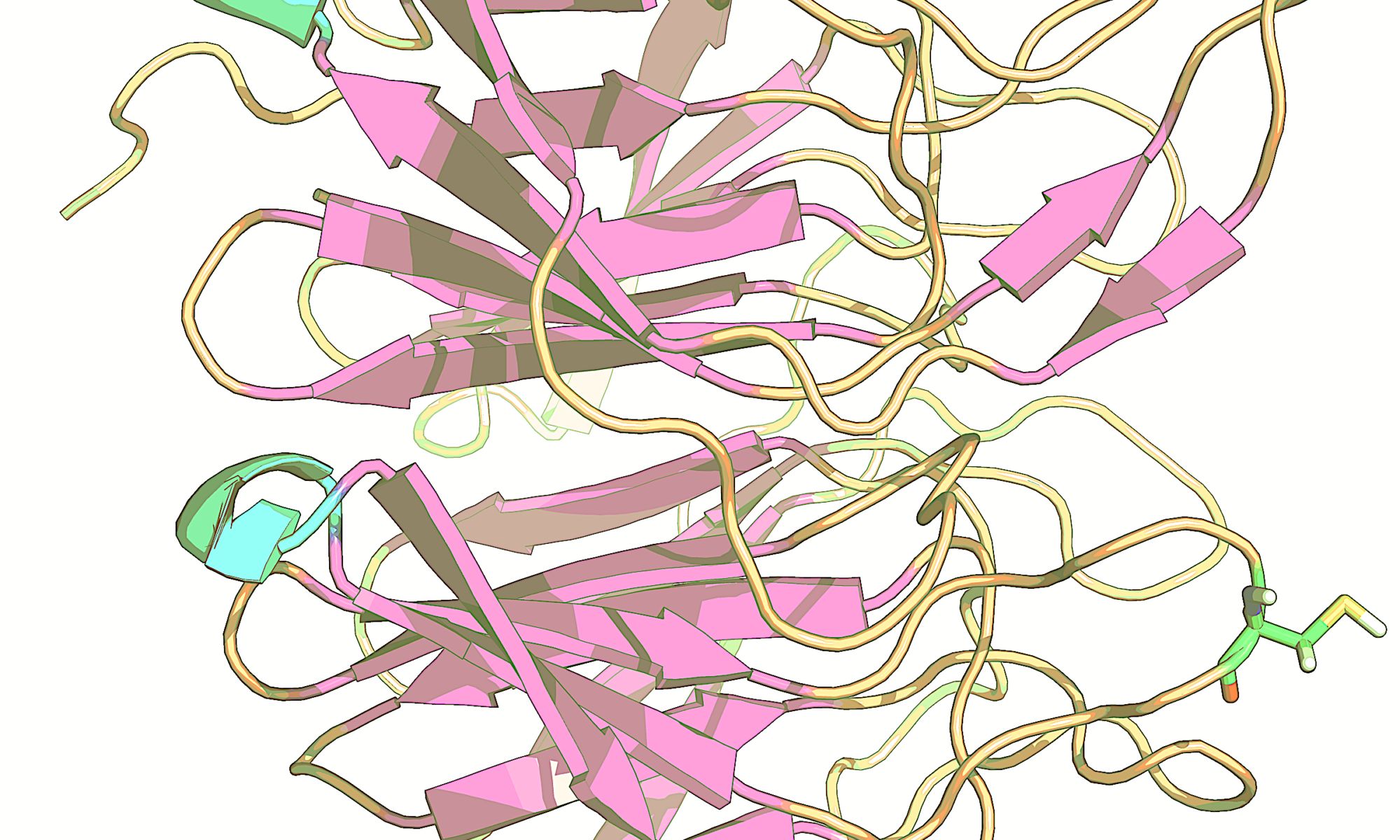Aquatic toxicity is a major environmental concern and one of the leading indicators of anthropogenic impacts to natural systems. It is a form of inherent hazard frequently used to assess ecological effects of chemicals in surface water. To this end, aquatic life toxicants are regulated under the Clean Water Act by US EPA, and under REACH legislature in the European Union.
Using aquatic toxicity data for the fathead minnow, Japanese medaka, D. magna and P. subcapitata, we have identified three design guidelines that can distinguish >90% of the chemicals that have no acute and chronic aquatic toxicity concern, as defined by the US EPA (1). The method relies on just three computed parameters and does not require prior classification by mode of action. Compounds that meet the three criteria are 10x more likely to have low or no acute and chronic aquatic toxicity. To estimate hazard, CADRE predicts potency categories as set by the US EPA’s DfE as well as acute and chronic toxicity thresholds. Using a broad training set of chemicals and aquatic species, CADRE can be used to reliably gauge effects of chemicals to organisms at all trophic levels used for aquatic toxicity testing, i.e. vertebrates (fish), invertebrates (crustaceans) and plants (algae). Accuracy of these predictions is ca. 80-95% depending on the model. In addition to predictions, our model can be combined with expert judgement to provide guidance on modifying existing chemical structure so as to retain function and reduce aquatic toxicity.
References
- Kostal J, Voutchkova-Kostal AM, Zimmerman JB&Anastas, P (2014) Computational Approaches for Identifying Chemicals with Minimal Toxicity to the Fathead Minnow, Proc. Nat. Acad. Sci. 112(20):6289-6294.
- Melnikov, F.; Kostal, J.; Voutchkova-Kostal, A.; Zimmerman, J.; Anastas, P. Assessment of predictive models for estimating the acute aquatic toxicity of organic chemicals, Green Chemistry 2016, 18 (16), 4432-4445.
- Connors K, Voutchkova-Kostal AM, Kostal J, Anastas P, Zimmerman JB& Brooks B (2014) Reducing Aquatic Hazards of Industrial Chemicals: Probabilistic Assessment of Sustainable Molecular Design Guidelines. Environ. Toxicol. Chem. 33:1894-1902.
- Voutchkova A.; Kostal, J.; Connors, K.; Brooks, B.; Anastas, P.; Zimmerman, J. (2012) Towards Rational Molecular Design for Reduced Chronic Aquatic Toxicity. Green Chemistry 14:1001-1008.
- Voutchkova AM, Kostal J,Steinfeld J, Emerson J, Brooks B, Anastas P & Zimmerman, JB (2011) Towards Rational Molecular Design: Derivation of Property Guidelines for Reduced Acute Aquatic Toxicity. Green Chemistry 3:2373-2379.
